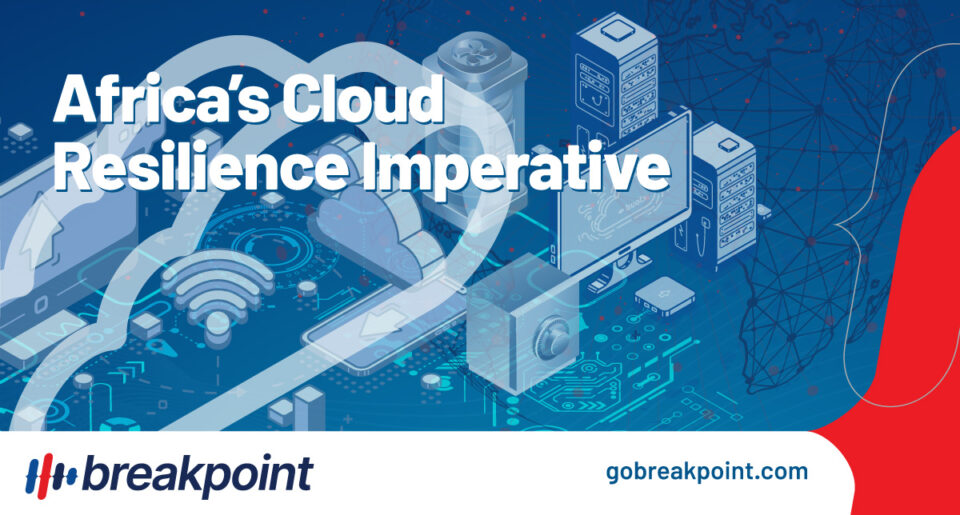A major Amazon Web Services (AWS) outage recently disrupted over 1,000 global companies, costing an estimated $72 million per hour. This event is a critical lesson for Africa’s rapidly growing digital economy: reliance on fragile, centralised systems is a direct threat to business continuity and economic growth. The question is not if outages will happen, but whether African businesses are prepared.
The High Stakes for African Markets
Many African businesses and public services rely on single-region cloud deployments, creating a dangerous Single Point of Failure. This leaves them highly exposed to global outages and introduces significant risks:
- Operational Halts: Immediate loss of revenue and productivity.
- Reputational Damage: Erosion of hard-earned customer trust.
- Service Disruption: Failures in essential sectors like banking, healthcare, and education.
The Total Cost of Failure (TCF) far exceeds the investment needed to build resilient systems from the outset.
Best Practices for African Digital Strategy
Building resilience is a strategic necessity. Here are five actionable steps for African organisations:
- Adopt a Hybrid & Multicloud Architecture
Avoid vendor lock-in and single points of failure by combining global public clouds (like AWS or Azure) with local African providers. This reduces latency and provides critical failover capacity. Implementing active-active setups, where systems in different locations run simultaneously, ensures one can instantly take over if the other fails. - Implement Automated Backup as a Service (BaaS)
Move beyond manual backups. Adopt BaaS solutions that are tailored for African infrastructure, offering automated, frequent backups with versioning. Ensuring these backups are geo-redundant (stored in multiple physical locations) is key to recovering quickly from a localised incident. - Develop Tiered Disaster Recovery Plans
Not all services are equally critical. Organisations, especially SMEs, should create tiered recovery plans that prioritise mission-critical applications. These plans must include protocols for mobile-first access and even basic offline functionality to maintain core operations during extended outages. - Prioritise Data Sovereignty with Edge Computing
Comply with local data protection laws like POPIA in South Africa by design. Utilise edge computing-processing data closer to where it is generated-for sensitive or latency-critical applications like financial transactions and IoT. This keeps data within national borders while improving performance. - Invest in Local Partnerships and Skills
Building resilience requires local expertise. Invest in cloud literacy for IT teams and actively partner with African cloud providers and Content Delivery Networks (CDNs). This localises infrastructure, reduces external dependency, and builds a more sustainable digital ecosystem.
Strategic Takeaway
In Africa, digital resilience is no longer optional; it is the foundation for sustainable growth. The most successful organisations will be those that start smart, prioritising critical services and building flexible, hybrid infrastructures.
Building a resilient digital infrastructure is a complex challenge, but you don’t have to navigate it alone. The strategies outlined here are core to how we help our customers achieve security and continuity.
We welcome enquiries on how Breakpoint can support your organisation in designing and implementing a feasible hybrid cloud strategy that is not only innovative but also durable and secure.rations.
